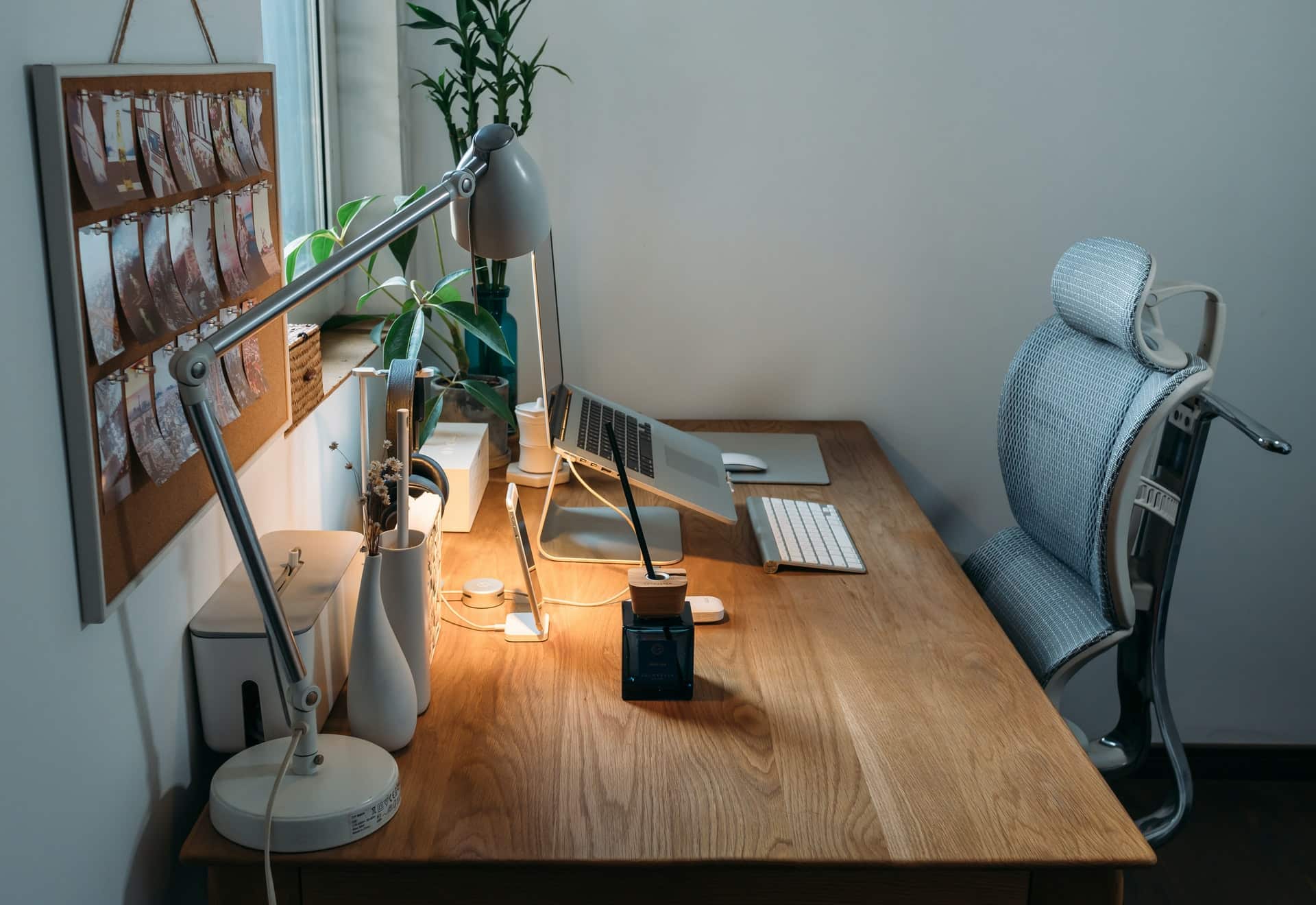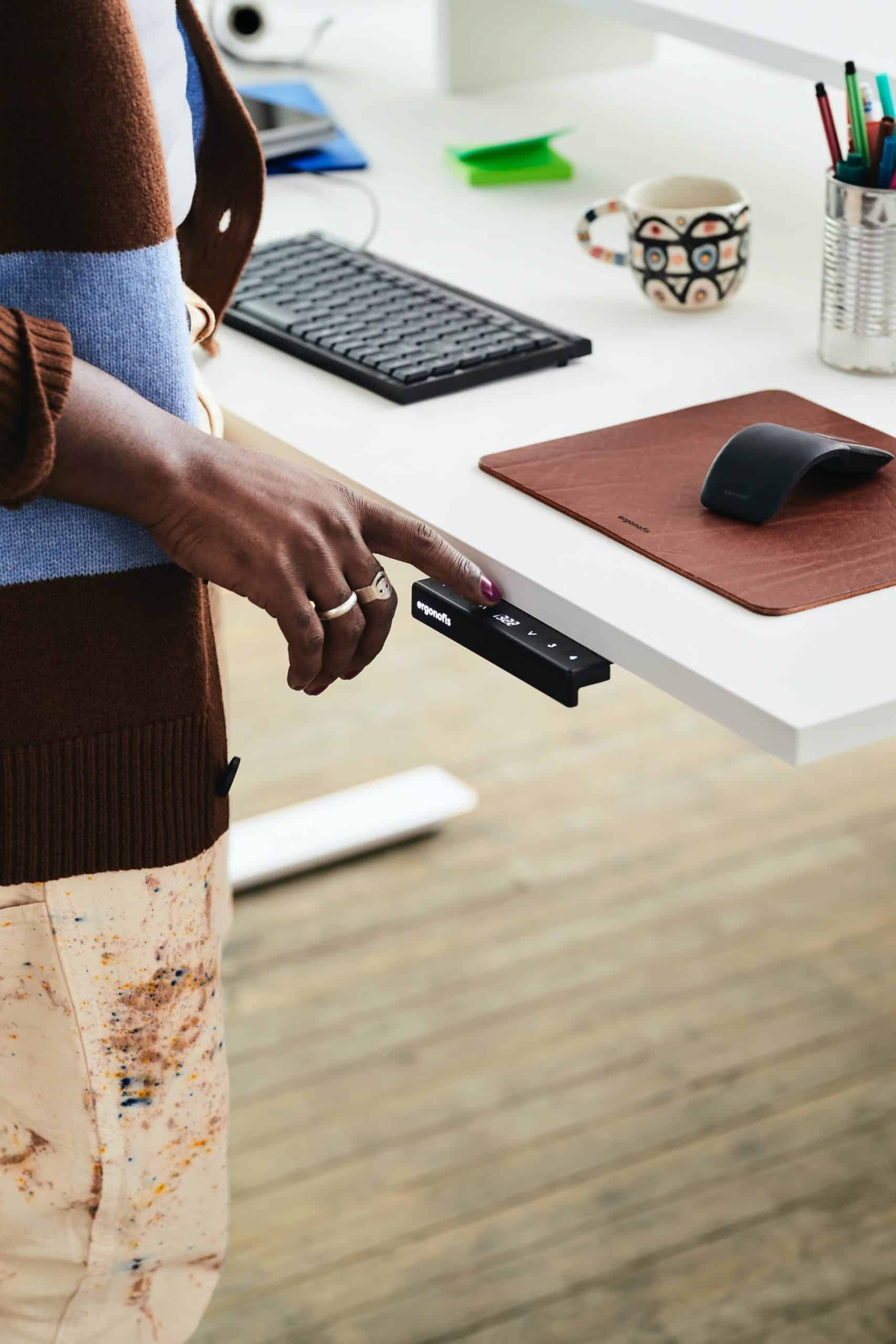As the rollout of the COVID-19 vaccine lessens the immediate pressures of the pandemic, which lasted longer than anyone would have hoped or expected, a look back at the last year seems to be in order. For many, it was a year full of health and safety confrontations. We implemented new practices to protect ourselves and others, and we learned first-hand how our mental health can be affected by things like financial insecurity, political tension, and social isolation.
Without detracting from the despair and hardships of those learnings, some of the insights we gained along the way have been valuable. We’re emerging on the other end of crisis with, maybe, a better sense of community connection, a renewed commitment to the environment, and a new and necessary focus on our real priorities.
IMAGE: UNSPLASH
As we renegotiate ‘health’ in the new normal, we would be remiss not to tackle what is the most direct connection between our bodies and our mind—our posture. Postural habits can give us cues about how we’re feeling mentally. Stress in the workplace culminates in risen shoulders, tightened torsos, hunched backs, and necks cranking toward the screen. We can go days without noticing our eyes have been dry, our hips have been tight, and we’re having trouble sleeping.
And as we re-engage with some of the routines we kept in the pre-pandemic era—long commutes, family road trips, sitting with friends around a great meal—those little aches and pains are slowly announcing themselves, reminding us that our bodies deserve constant care and attention.
The Mind-Body Connection
Its true that stress can impact our posture. Stress can change our breathing patterns, causing us to over-engage the muscles in our mid-back, and building tension across the upper and middle section of our shoulders. Even more alarmingly, that stress-induced posture can be the beginning of a loop. Researchers have found that unhealthy, defeated postural positions can actually put us into a state of stress.
Prolonged poor posture can active the stress center in the brain, sending signals to the red nucleus which is responsible for controlling the flexion of our arms and legs. In a kind of feedback loop, stress can cause us to tense up into a posture that can physiologically add to our stress.
Some Good News
Luckily, the feedback loop also works in the other direction. According to a randomized trial testing upright posture as it affects the stress response, adopting an empowered seated position in the face of stress can help us maintain self-esteem and reduce negative mood.
Studying 74 participants, researchers in the study found overwhelming evidence that not only can upright positioning increase positive mood compared to a slumped over posture, it can also reduce our self-focus in a positive way, helping us to build up more resilience to stressful situations. In other words, proper seated positioning could be one of our best tools as we tackle the task of post-COVID recovery.
Real Alignment – Mind, Body, Spine
With an understanding of the importance of proper posture, it’s time to learn how to put these proper habits into action. For that, ergonomic tools are by far the best strategy. When we spend hours seated for work, entertainment, and socialization, our good intentions quickly expire and we return to the postures we’re comfortable with. But a few no or low-cost changes can go a long way in correcting us.
First, make sure your work setup matches your specific proportions. Use a desk that leaves enough space between your eyes and your monitor, and tip your screen upward so you’re less tempted to cast your neck down. Make sure your chair is at the right height so your feet are planted firmly on the ground and your arms are at a relaxed position on your desk. Use an under-desk footrest support, such as ErgoFoam in order to make sure you’re distributing your seated load equally, without uneven muscular load or reduced circulation.
Next, make sure that you’re taking action away from your desk to remedy your seated hours. Engaging in a daily stretching practice, spend a few minutes on the hour infusing some motion into your day, and cultivating healthy hobbies and practices that keep you active—these are all important for your long-term health, and muscular development can give you a better foundation for maintaining proper posture for long hours.
There are many ergonomic tools and tips that can keep you happier and healthier at your desk. But the most important place to begin is with the knowledge. No one needs more stress added to their shoulders—sitting up straight could be the easiest place to begin.
If you are interested in even more lifestyle-related articles and information from us here at Bit Rebels, then we have a lot to choose from.


COMMENTS